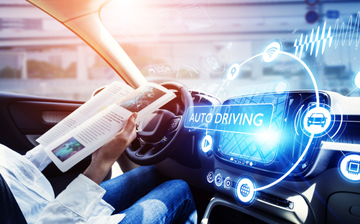
Research study on Autonomous Vehicles
Research study on Autonomous Vehicles
Autonomous Vehicles And Risks
By Chhavi Bharadwaj, PGDRM Jan’21-22
What Are Autonomous Vehicles?
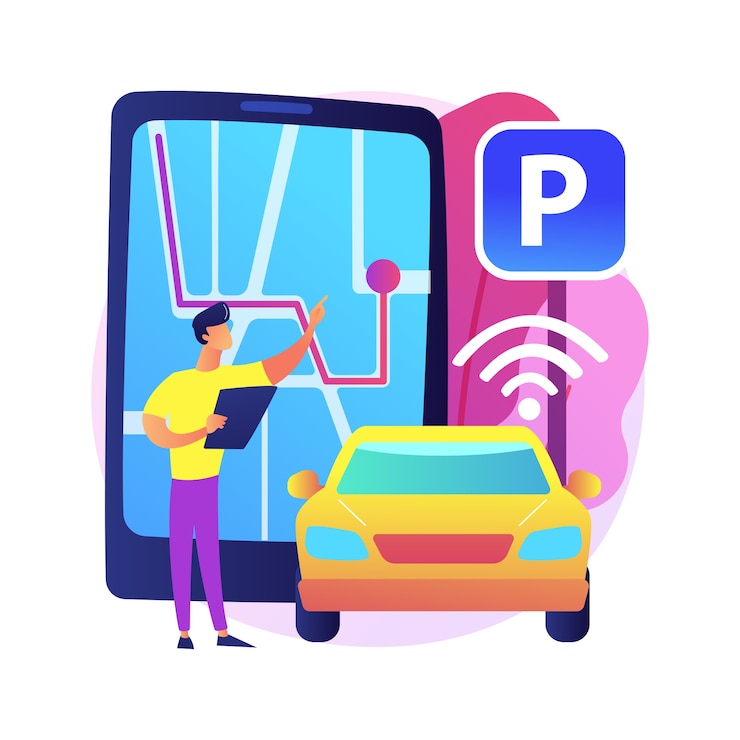
Understanding Autonomous Vehicles
Core Abilities of Autonomous Vehicles
To function independently, a vehicle must perceive its surroundings, decide where it is safe and desirable to travel, and then move accordingly. Autonomous vehicles drive themselves without human intervention. Moreover, some vehicles are only partially self-driving. In such cases, a human driver makes certain choices, while the machine handles others.
Different Types of Autonomous Vehicles
Autonomous technology is not limited to cars alone. In fact, it applies across several sectors:
Marine – Self-navigating ships and submarines.
Autonomous Spacecrafts – Designed to explore and travel without constant human input.
Specialized Industry Usage – Automated machinery and equipment for industrial tasks.
Trains – Driverless trains already operate in many cities.
Autonomous Cars – The most widely discussed type of self-driving vehicle.
Marine
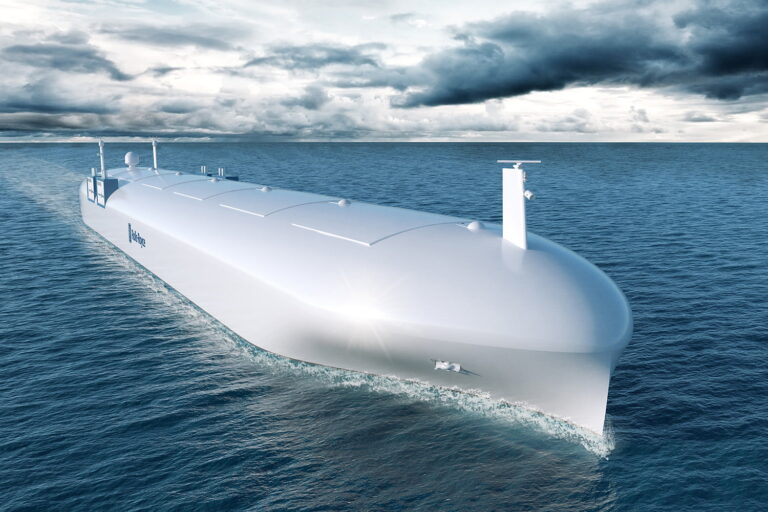
Marine Applications of Autonomous and Unmanned Technologies
Autonomous and unmanned technologies operate in both undersea and surface boats within marine environments. These systems provide flexibility and efficiency for a variety of purposes.
Scientific Applications
One major use is in scientific studies, particularly for monitoring ocean elements such as coral reefs. These vehicles allow researchers to gather data in areas that are otherwise difficult or unsafe for humans to access.
Commercial Applications
In addition, they are used for commercial purposes, especially in industries like oil and gas. Here, autonomous systems reduce risks for workers and improve the accuracy of operations.
Spacecraft
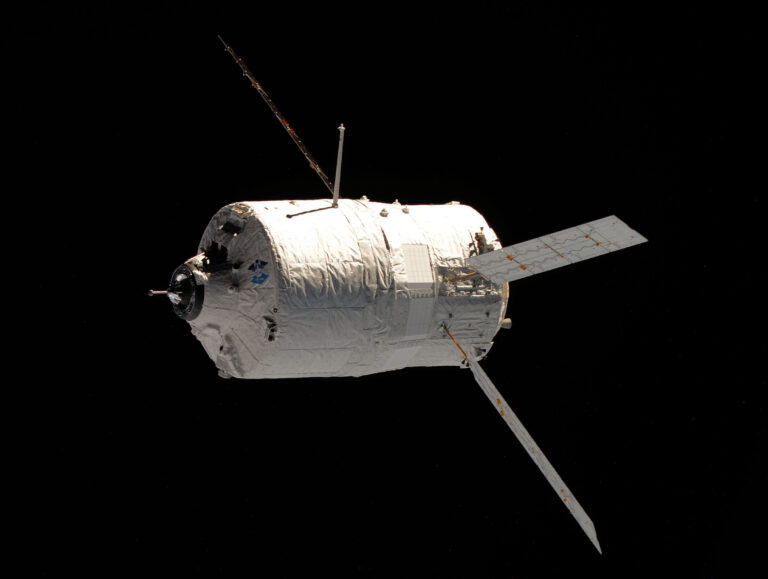
Autonomous Spacecraft Technologies
Spacecraft often include autonomous technology for a variety of purposes. This technology can either control the entire operation of the spacecraft or work in collaboration with a human operator.
Scientific and Exploration Applications
For instance, Mars exploration rovers rely on autonomy to move, study terrain, and collect valuable data. Similarly, lunar probes use autonomous systems to navigate and perform experiments far from direct human control.
Logistical Applications
In addition, autonomous systems are used in supply ships going to space stations. These ships can dock automatically, reducing the need for constant manual control and improving mission efficiency.
Specialized Industry Usage

Specialized Industry Usage
Unmanned and autonomous vehicles are widely used in factories and warehouses for specialized operations. These technologies improve efficiency, reduce human error, and support large-scale industrial needs.
Mining Applications
For example, Rio Tinto, a massive mining corporation, utilizes dozens of driverless trucks to carry iron ore. It also operates autonomous trains on several of its sites, which demonstrates how the technology supports resource extraction and transport.
Manufacturing and Warehousing Applications
In addition, robots with mechanical arms have been built that can recognize items and detect how much power they are applying. As a result, they can choose the optimum method of assembling and transporting products, ensuring precision in industrial operations.
Trains
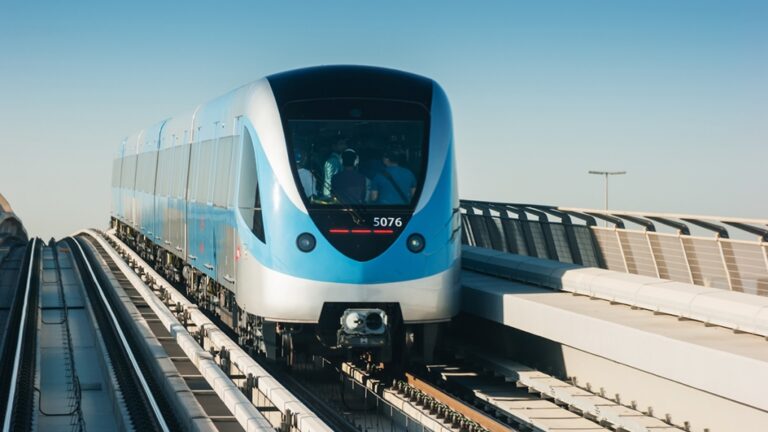
Autonomous Trains
Autonomous trains are capable of operating automatically at all times. They handle essential tasks such as door closing, obstacle detection, and managing emergency situations without human intervention. This makes them a reliable and efficient option for modern rail systems.
Service Applications
For example, trains are automatically positioned for service before the initiation of normal operations. This reduces delays and ensures that schedules run smoothly.
Benefits and Advantages
In addition, autonomous trains help address the growing demand for safety and the need to reduce operational costs. They also meet passenger expectations by offering more frequent service and shorter travel times, which improves overall commuter experience.
Autonomous Cars
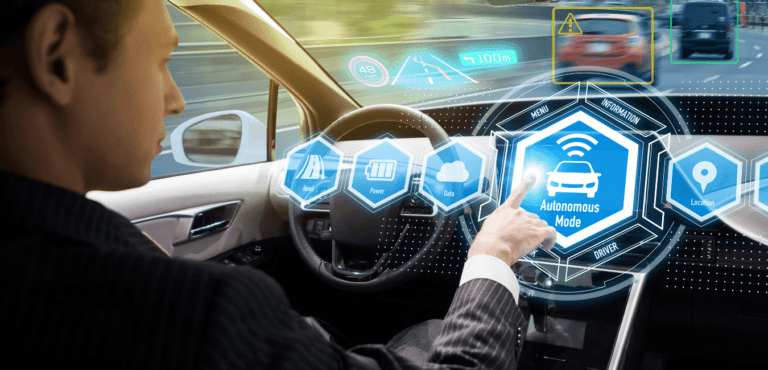
A completely autonomous automobile is one that is capable of seeing its surroundings, deciding which route to take to its destination, and driving itself.
Levels Of Autonomy
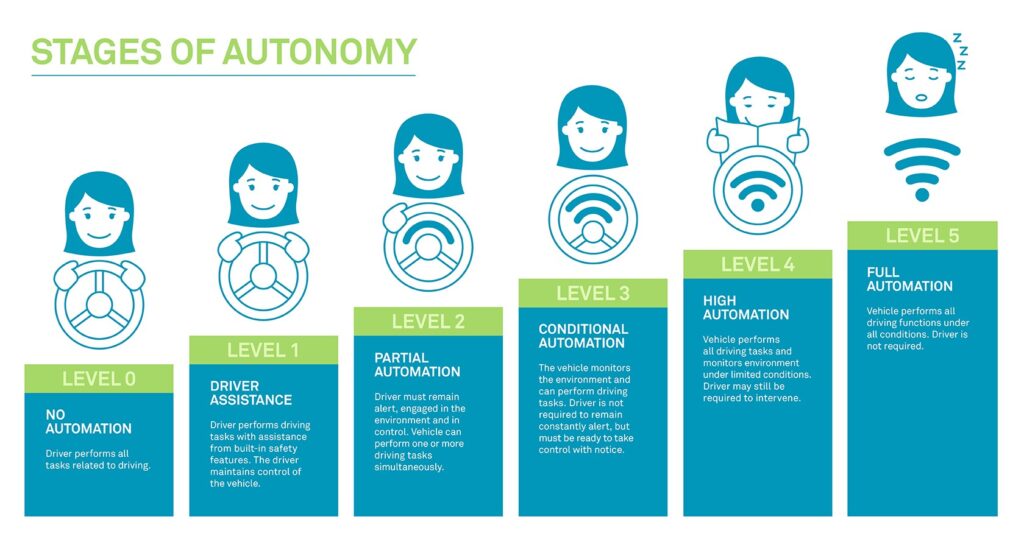
How Does It Work?
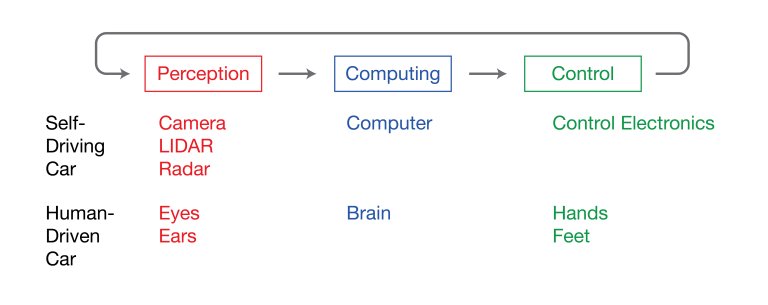
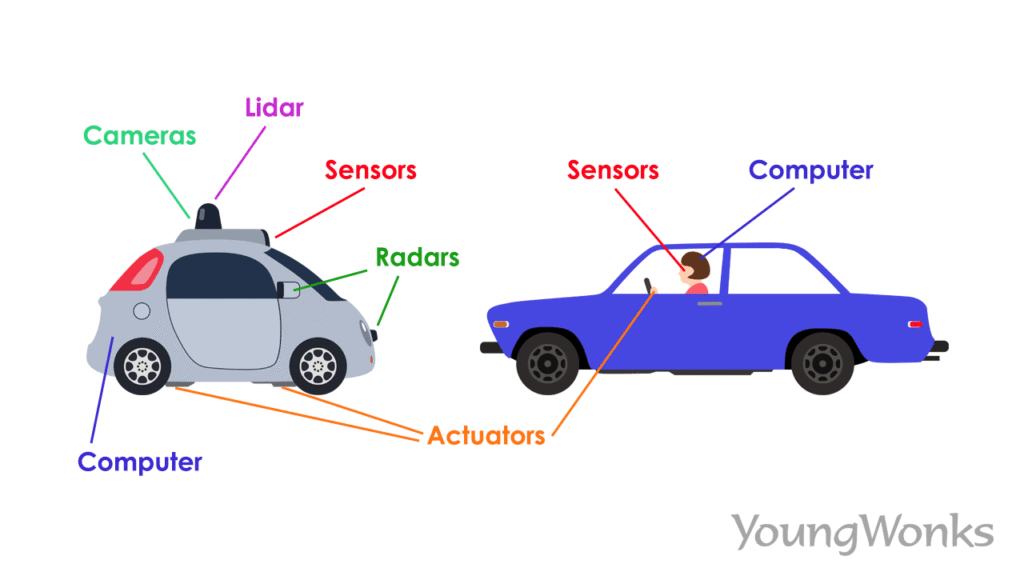
Autonomous Cars
Autonomous cars rely on advanced technologies such as LIDAR (Light Detection and Ranging) and radars. LIDAR is a device with a constantly rotating laser beam that sends invisible light pulses in all directions. Meanwhile, radars play a vital role by detecting moving objects, ensuring that the vehicle responds quickly to its surroundings.
Advantages of Autonomous Cars
Autonomous cars provide a wide range of benefits that impact both individuals and society.
Reduced Collisions on the Road – By minimizing human error, self-driving cars can significantly reduce accidents.
Fewer Traffic Jams – With better traffic flow management, congestion decreases.
Decreased Emissions – Optimized driving patterns help cut down on harmful emissions.
Reduced Fuel Consumption – Energy-efficient navigation leads to lower fuel usage.
Great Benefits for Seniors and Disabled – These vehicles increase independence and mobility for people with limited driving ability.
Fast and Affordable – Autonomous taxis and shared rides may provide quicker and cheaper transportation.
Lower Taxi Fares – The removal of human drivers reduces costs.
Better Parking Opportunities – Cars can drop passengers off and park themselves efficiently.
Legal Issues and Challenges
However, despite these advantages, there are also legal issues and challenges related to autonomous vehicles (AVs). Questions about liability in case of accidents, regulatory approvals, and insurance frameworks remain ongoing debates worldwide.
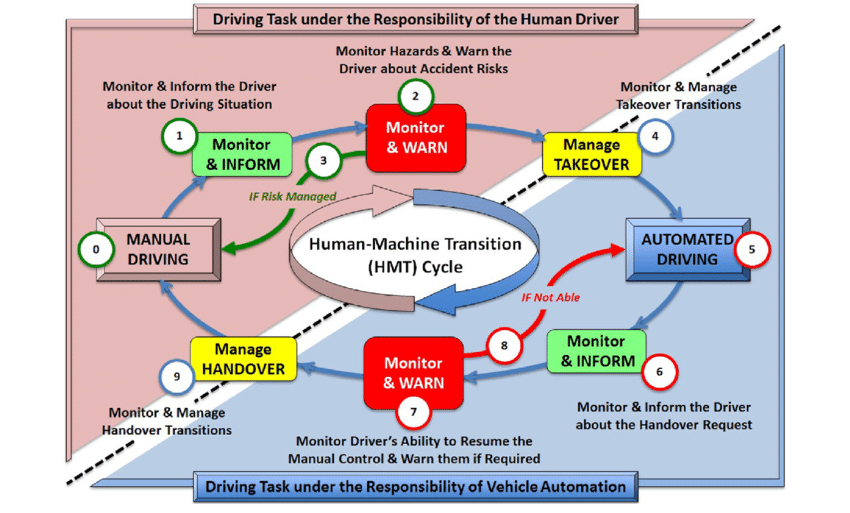
Legalities Related to Autonomous Vehicles
Human Responsibility in Driving
Traditionally, the driving task falls fully under the responsibility of human drivers. This includes information and warning systems. According to the German Road Traffic Act, third-party access is allowed to specific recorded data of the vehicle in case of human or ADAS error.
Even today, human drivers must monitor all types of ADAS, except in cases of clear technical failure of the vehicle or the algorithms.
Challenges in Legal and Ethical Aspects
A new set of paradoxes has emerged, linking human-machine interaction with the central issue of liability. The Human-Machine Transition (HMT) cycle explores this liability question, focusing on who ultimately controls the vehicle.
Ethical Dilemmas
Several ethical concerns arise from AV technology:
Continuous monitoring of driver behavior, especially risk-taking, may allow insurers to implement Pay As You Drive (PAYD) policies.
In Germany, regulations require drivers to remain “alert” and resume control “timely.” However, regulators have not defined how much takeover time is sufficient or what activities are permissible in automated mode.
Is it fair to hold drivers responsible for spontaneous handover situations?
Should the final decision about takeover lie with the driver or the machine?
Example Scenarios
Scenario A: If automated mode detects difficulty and requests handover, but the driver reacts too slowly or refuses, an accident would leave the driver liable.
Scenario B: If the driver wants to hand control to the machine due to fatigue or discomfort, but the system fails or refuses, the driver is again liable.
Risks Associated with Autonomous Vehicles
Cybersecurity Risks
As cars become more connected, hackers may access personal information, such as travel routes or home absence patterns.
Hackers might deliberately disrupt driving, placing passengers in danger.
Large-scale cyberattacks could immobilize vehicles on roads, creating national chaos.
Fire Hazards
Autonomous vehicles rely on lithium-ion (LI) batteries, which are volatile. Damage during crashes can trigger thermal runaway, leading to gas explosions, fire, and projectiles. These incidents pose additional risks to both passengers and emergency personnel.
Radiation Exposure
Autonomous cars operate with multiple electronic devices that emit EMF radiation. Constant exposure may lead to health problems such as:
Headaches and migraines
Chronic fatigue and insomnia
Eye problems and blood pressure fluctuations
Some individuals may even develop electromagnetic hypersensitivity.
Infrastructure Limitations
Current infrastructure is not built for AVs. For example:
Heavy rain or snow can obscure road markings, making autonomous navigation unreliable.
Outdated road systems may cause AVs to fail in real-world conditions.
Energy Demands
Autonomous vehicles require more processing power than conventional cars. Each system — from brakes to engine timing — collects gigabytes of data per hour. This significantly increases power demand instead of reducing it.
Liability Transfer Risks
As responsibility shifts from drivers to machines, several risks emerge:
A computer error or faulty sensor may cause an action that humans would quickly recognize as unsafe.
Such accidents may be more severe and harder to predict.
Residual Driver Risk
Drivers may misunderstand their new role when responsibility is partly transferred. They may also struggle to switch correctly between manual and autonomous modes.
Reputational Risks
Any AV accident, such as lithium battery explosions or sensor failures, can severely damage the reputation of manufacturers and component suppliers.
Economic Risks
The rise of AVs threatens jobs in multiple industries:
Truck, bus, and taxi drivers may face unemployment.
Ride-hailing and delivery services, such as Uber or fast-food delivery, may no longer require human drivers.
References
- https://www.vesttech.com/top-3-possible-dangers-of-self-driving-cars/
- https://www.sciencedirect.com/science/article/pii/S1369847818308556
- https://www.natlawreview.com/article/dangers-driverless-cars
- https://www.lloyds.com/~/media/lloyds/reports/emerging%20risk%20reports/autonomous%20vehicles%20final.pdf
- https://sitn.hms.harvard.edu/flash/2017/self-driving-cars-technology-risks-possibilities/
- https://www.bbc.com/future/article/20201007-can-driverless-cars-tackle-climate-change
- https://ir.uiowa.edu/cgi/viewcontent.cgi?article=1711&context=drivingassessment
- https://blog.carvana.com/2021/05/what-are-the-advantages-of-autonomous-vehicles/
- https://valientemott.com/blog/blog-self-driving-cars-pros-and-cons/
- https://sitn.hms.harvard.edu/flash/2017/self-driving-cars-technology-risks-possibilities/
Get the full research study here: Autonomous car-Pdf
Disclaimer
This report has been produced by students of the Global Risk Management Institute (GRMI) for research, classroom discussions, and general information purposes. While the data has been carefully gathered, GRMI and its students do not guarantee accuracy or completeness.
GRMI accepts no responsibility for loss or damage resulting from reliance on this report. The content does not constitute professional advice of any kind.
You may also like

Best Diploma of Information Technology Programs for Beginners

Affordable One-Year PG Diploma Programs with Strong Placement Records


